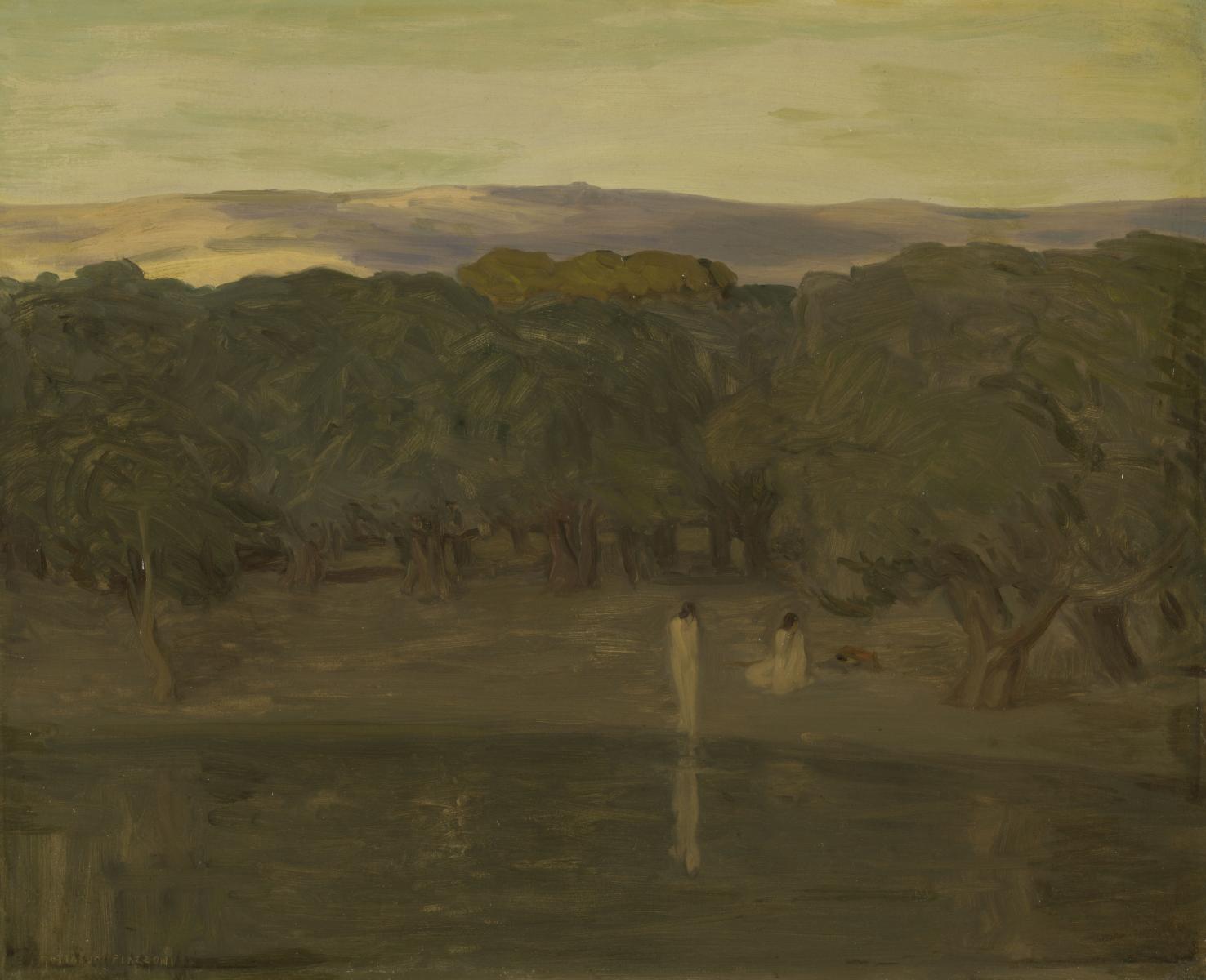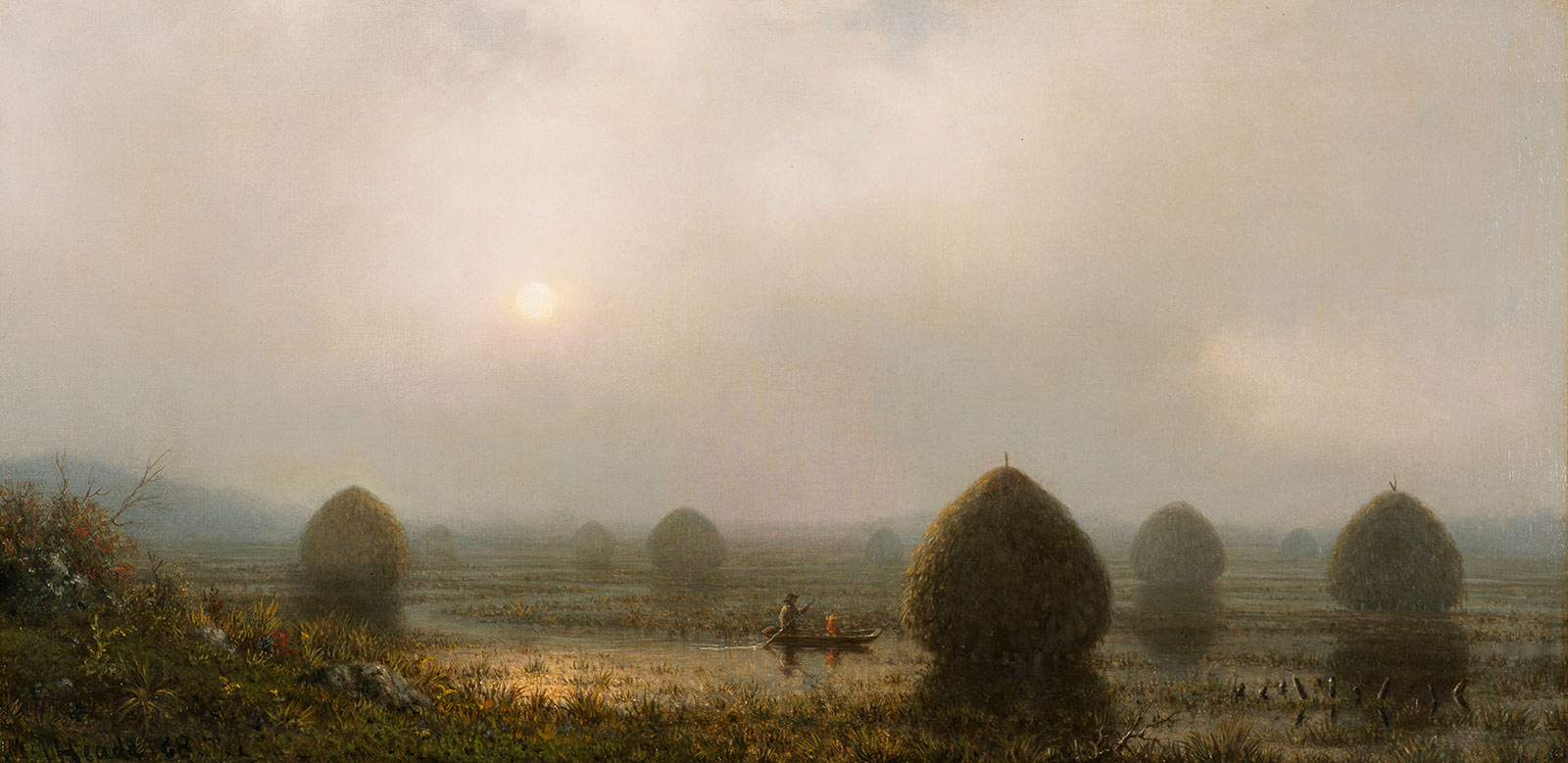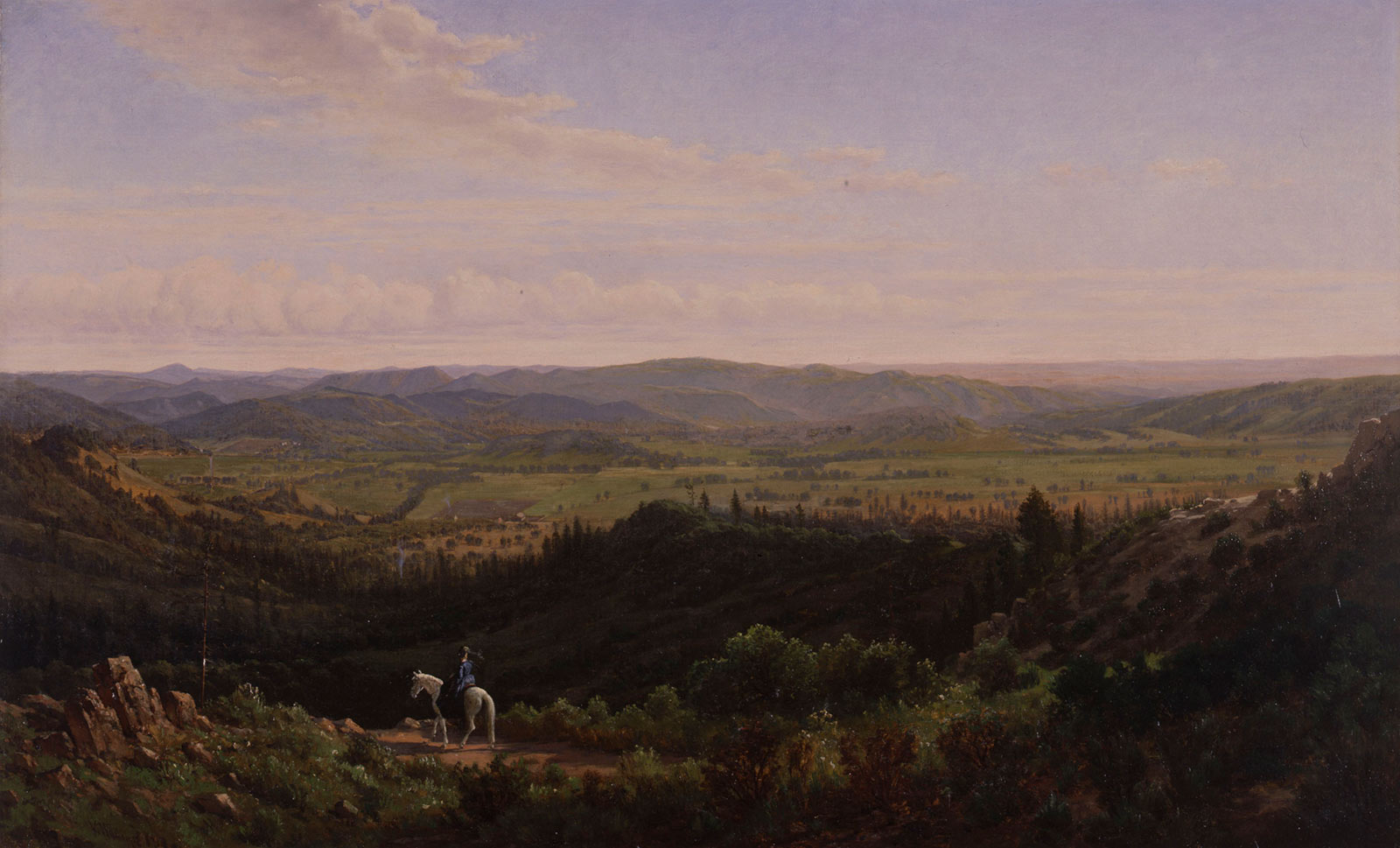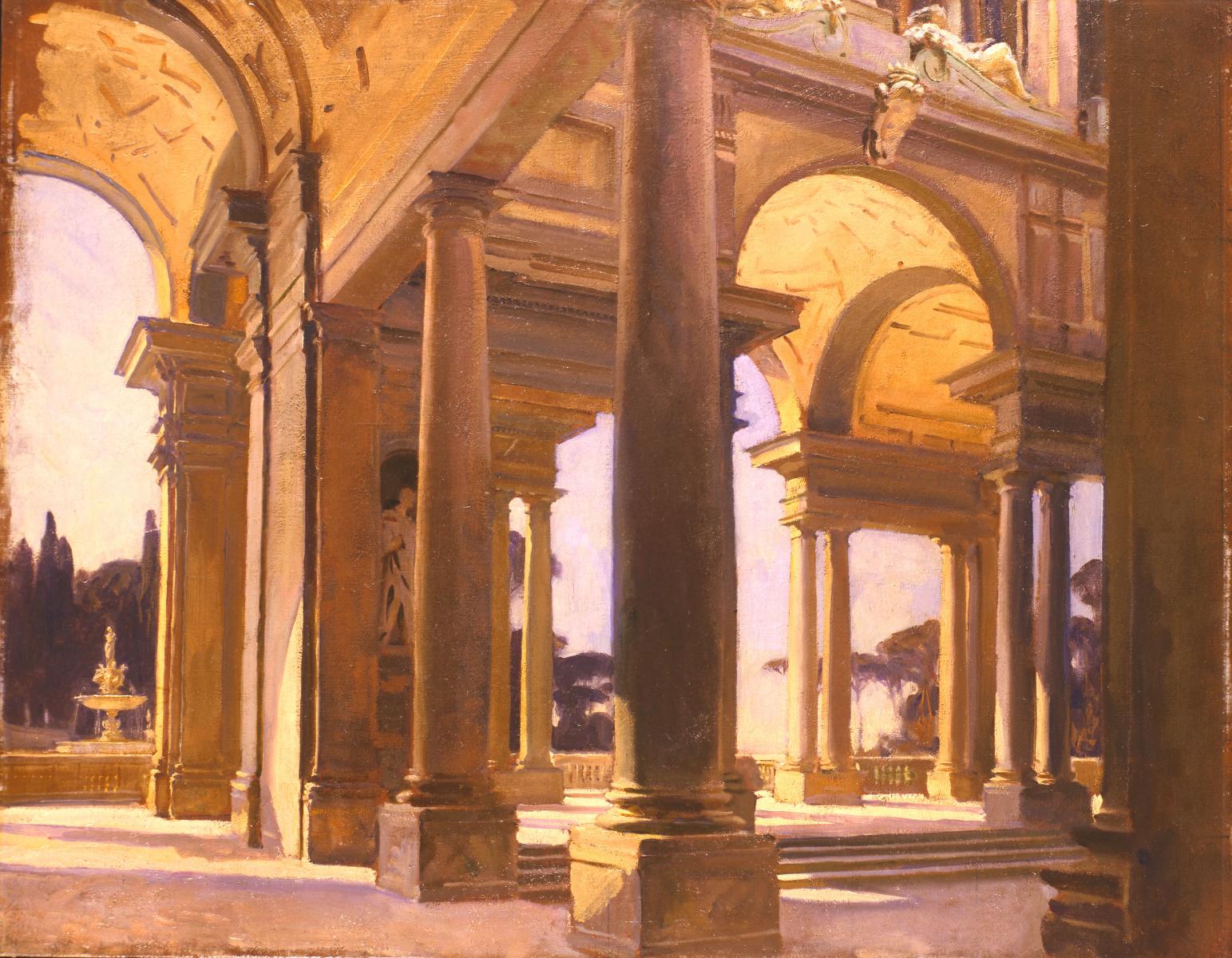Trouble-fête

Trouble-fête is one of Donati's most important paintings inspired by his fascination with the mandrake root — mandrakes are famous for their roots, which bear a striking resemblance to the human figure, and he saw these roots as talismans for his biomorphic paintings. Donati curves the horizon above the mandrake-like figures, shaping the sky into a planet-like form, blurring the terrestrial and celestial realms.



